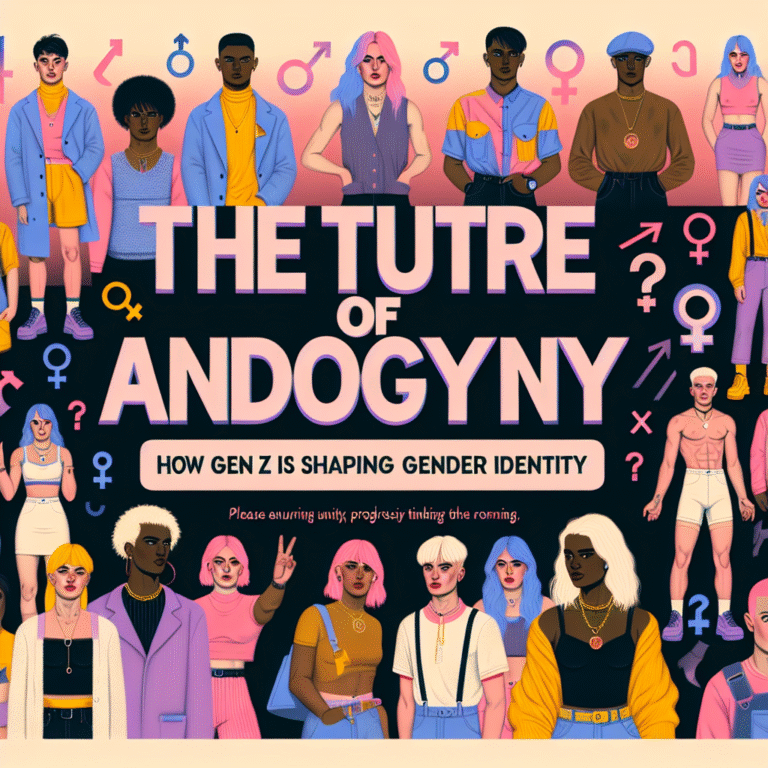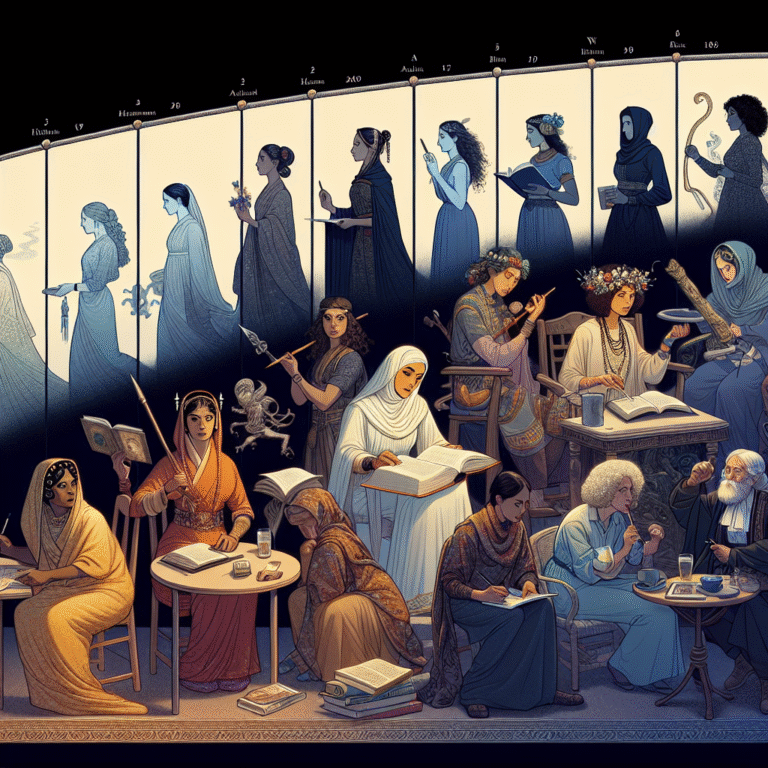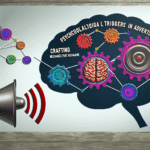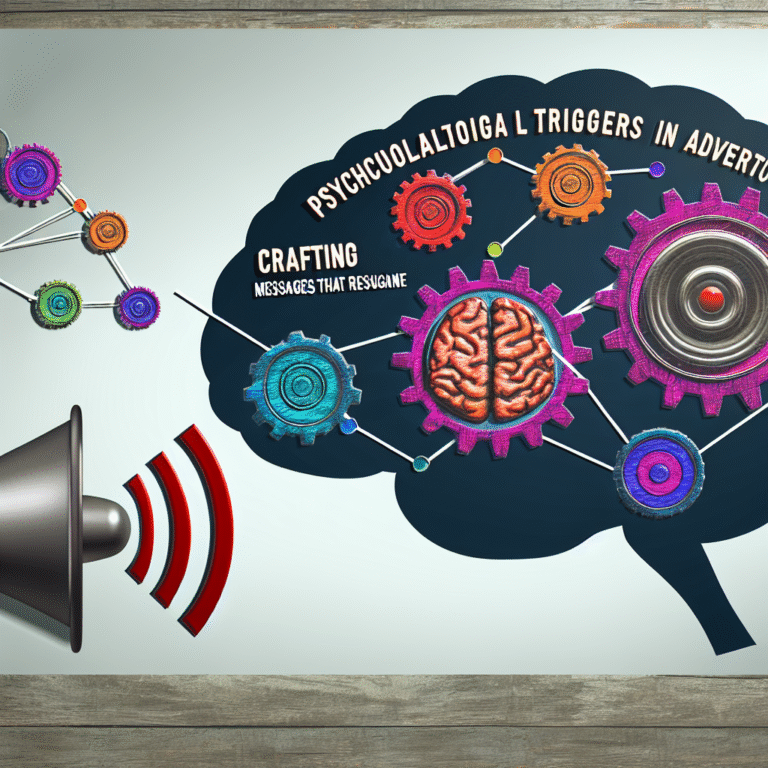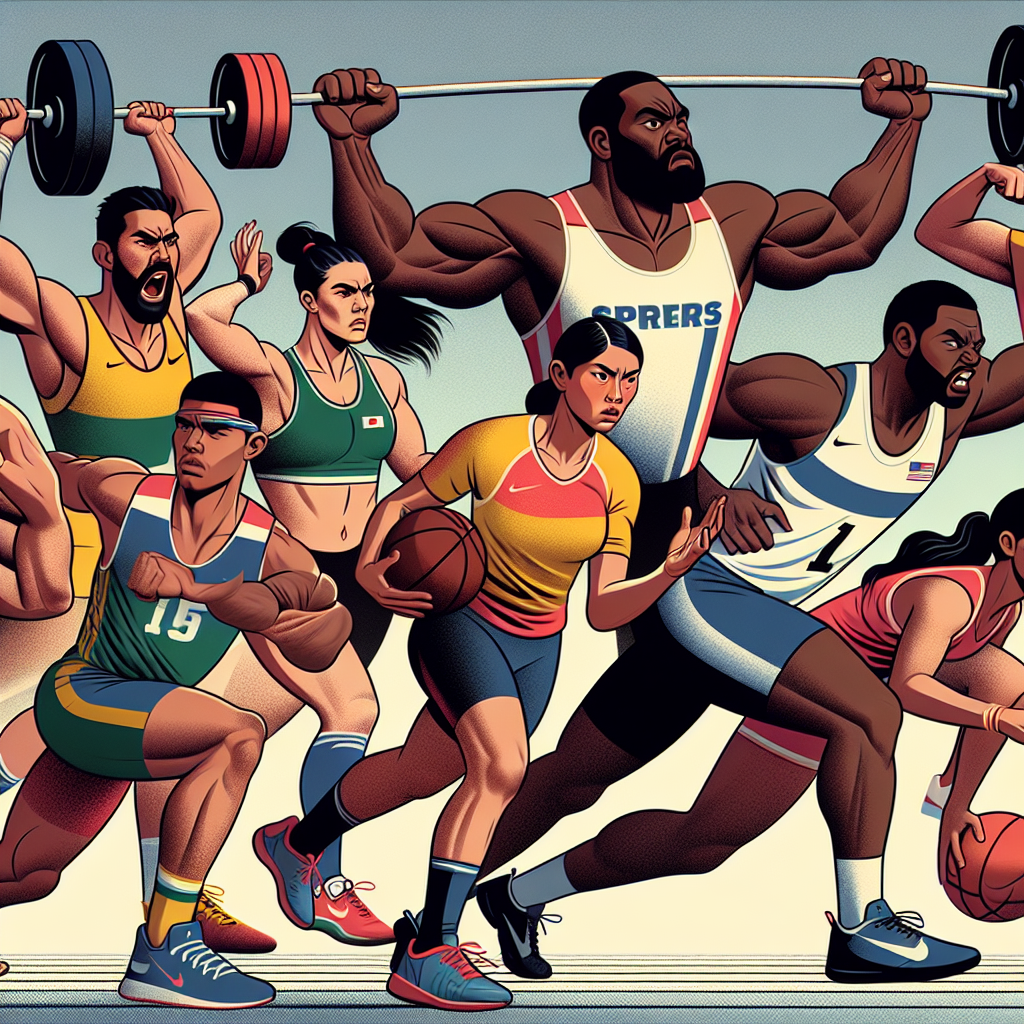
Introduction
Imagine a promising athlete stepping onto the field, brimming with potential and determination. However, lurking beneath the surface is an invisible barrier—the awareness of a stereotype that labels them as less capable. This phenomenon is known as stereotype threat and has profound implications in sports. The phrase "Stereotype Threat in Sports: How Prejudice Impacts Performance and Team Dynamics" encapsulates a critical issue that affects not just individual performance, but also the interactions and cohesiveness within teams. In a world where diversity is celebrated, understanding how prejudice affects athletic performance is essential for coaches, athletes, and sports organizations alike.
Understanding Stereotype Threat
What is Stereotype Threat?
Stereotype threat refers to the risk of conforming to stereotypes about one’s social group. It arises when individuals are made aware of negative stereotypes related to their identity, leading to anxiety and diminished performance. In sports, this could manifest as an athlete feeling pressure due to preconceived notions about their race, gender, or body type.
The Psychology Behind It
At its core, stereotype threat operates on the mind’s susceptibility to external expectations. When athletes fear being judged based on stereotypes, their performance may deteriorate. This psychological burden affects their focus, confidence, and ultimately, their ability to execute skills that they otherwise possess.
Prejudice in Sports: A Historical Context
A Legacy of Exclusion
Sports, historically, have been a battleground for societal prejudices. From racial segregation in baseball to gender discrimination in professional sports, the legacy of exclusion has left an indelible mark. Athletes from marginalized backgrounds often face the double-edged sword of proving their worth while battling stereotypes.
Case Study Analysis: The Jackie Robinson Effect
Jackie Robinson broke barriers in Major League Baseball, not merely through talent but by confronting racial stereotypes head-on. Robinson’s experience highlights that while he excelled, the pressure of representing an entire race affected his game. This historical moment underscores the impact of stereotype and how it can transcend individual performance, influencing team dynamics nationally.
The Interplay of Stereotype Threat and Team Dynamics
The Importance of Team Cohesion
Teams function on synergy and shared goals. When an athlete experiences stereotype threat, it can lower team morale and disrupt harmony. A player who is distracted by the pressure of representation may not contribute effectively, leading to frustration among teammates.
Case Study: The 2016 US Women’s Gymnastics Team
The 2016 US Women’s Gymnastics Team showcased how stereotype threat could play out in a high-stakes environment. As they strove for Olympic gold, issues surrounding body image and gender stereotypes loomed large. The team’s unity allowed them to address these concerns collectively. They challenged stereotypes and focused on empowerment, ultimately leading to a triumphant gold medal performance.
Table 1: Key Factors Impacting Team Dynamics in Presence of Stereotype Threat
| Factor | Impact on Team Dynamics |
|---|---|
| Cohesion | Decreased when athletes feel isolated |
| Communication | Reduced openness in discussions |
| Trust | Erosion due to stigma and bias |
| Performance Pressure | Heightened anxiety leads to reduced efficacy |
Implementing Strategies to Confront Stereotype Threat
Awareness Training
Awareness is the first step toward combating stereotype threat. Coaches and athletes ought to engage in conversations about biases and stereotypes to foster a supportive environment.
Creating a Culture of Inclusivity
Establishing a team culture that celebrates diversity can significantly lessen the impact of stereotype threat. When athletes feel valued for their individuality, they are less likely to succumb to the pressures of stereotypes.
Mental Skill Development
Incorporating mental skills training can empower athletes to manage performance anxiety effectively. Techniques such as visualization, mindfulness, and positive affirmations can cultivate resilience against stereotype threats.
The Role of Coaches in Mitigating Stereotype Threat
Leading by Example
Coaches play a pivotal role in shaping team environments. Their behavior, attitudes, and teaching methods can reinforce or dismantle the presence of stereotype threat.
Case Study Analysis: Coach Phil Jackson
Phil Jackson, renowned for coaching basketball legends like Michael Jordan and Kobe Bryant, fostered a mindset free from prejudices. He implemented principles of mindfulness and encouraged individuality, creating an atmosphere that allowed players to excel without the burden of stereotypes. This illustrates how coaches can turn potential threats into opportunities for growth.
Conclusion
The impact of stereotype threat in sports goes beyond mere performance; it influences team dynamics, mental health, and overall athletic culture. Recognizing and addressing the prejudices that fuel this phenomenon is imperative for sports organizations, coaches, and athletes. By fostering an environment of inclusivity, understanding, and resilience, teams can empower every member to thrive.
As we move forward, let’s embrace diversity not just as a value but as a strength that enriches the fabric of sports. Change is ahead; together, we can utilize this knowledge to create a brighter, more equitable future for athletes everywhere.
FAQs
1. What is stereotype threat, and how does it affect athletes?
Stereotype threat occurs when individuals fear confirming negative stereotypes about their social group, which can lead to increased anxiety and decreased performance.
2. Can stereotype threat impact team dynamics?
Yes, it can lead to reduced cohesion and communication difficulties, affecting overall team performance and morale.
3. What strategies can teams implement to combat stereotype threat?
Teams can focus on awareness training, creating an inclusive culture, and incorporating mental skill development to empower athletes.
4. How can coaches help mitigate the effects of stereotype threat?
Coaches can model inclusive behavior, focus on individual strengths, and foster communication to create a supportive environment.
5. Are there historical examples of stereotype threat impacting sports?
Yes, notable examples include Jackie Robinson’s entry into Major League Baseball and the challenges faced by the US Women’s Gymnastics Team in the 2016 Olympics, both of which highlight the significance of stereotypes in sports history.
In this exploration of Stereotype Threat in Sports: How Prejudice Impacts Performance and Team Dynamics, we have uncovered deep insights into the intersection of sports, psychology, and social dynamics. By embracing awareness and employing proactive strategies, we can work painstakingly toward removing the barriers that prejudice constructs, thus allowing every athlete to reach their full potential.





